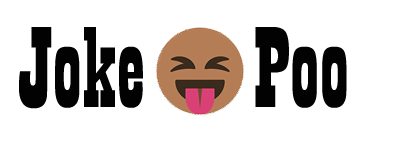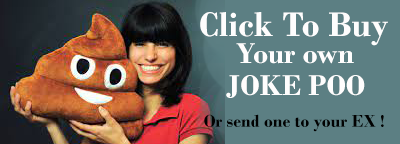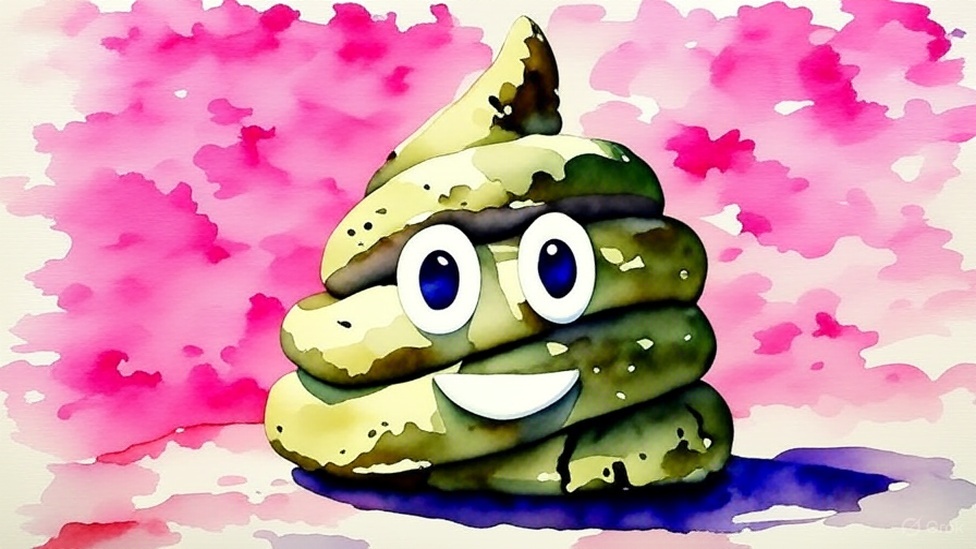It's more like 9 in 10 people but I'm just trying to be positive about it.
Joke Poo: After researching dog food commercials…
After thoroughly examining dog food commercials, I can confidently say that misleading claims negatively affect 1 in 10 dogs.
… It’s probably more like 9 in 10, but I’m just trying to put a positive spin on obedience training.
Alright, let’s break down this joke and then build something fun from it.
Joke Dissection:
- Premise: The joke hinges on the idea of false advertising being widespread and harmful. The initial statement uses a statistical claim ("1 in 10 people affected") that feels plausible at first glance.
- Punchline: The punchline subverts the initial claim with a much higher number ("9 in 10 people"), highlighting the actual prevalence of false advertising. The added irony is that the speaker claims to be intentionally downplaying the negative impact to "be positive."
- Humor Type: This is primarily situational irony (the speaker’s intention contradicting their statement) combined with a touch of self-deprecating humor (implying the speaker is aware of their overly optimistic outlook). It also has a dry, understated delivery, common in observational comedy.
Key Elements:
- False Advertising: The core topic.
- Statistics: Used to create a seemingly authoritative, then ironically unreliable, basis for the joke.
- Optimism vs. Reality: The conflict between the speaker’s stated intention to be positive and the grim reality of the situation.
Comedic Enrichment: "Did You Know"
Did you know: The "false advertising" industry is so pervasive that its marketing campaigns are actually responsible for 4 out of 5 statistics you read online? The other statistic? That was paid for by Big Statistic to keep the public in the dark! And don’t worry, this joke only affects 1 out of 10 people… mostly because the other 9 are already too cynical to laugh. Just trying to be positive.


